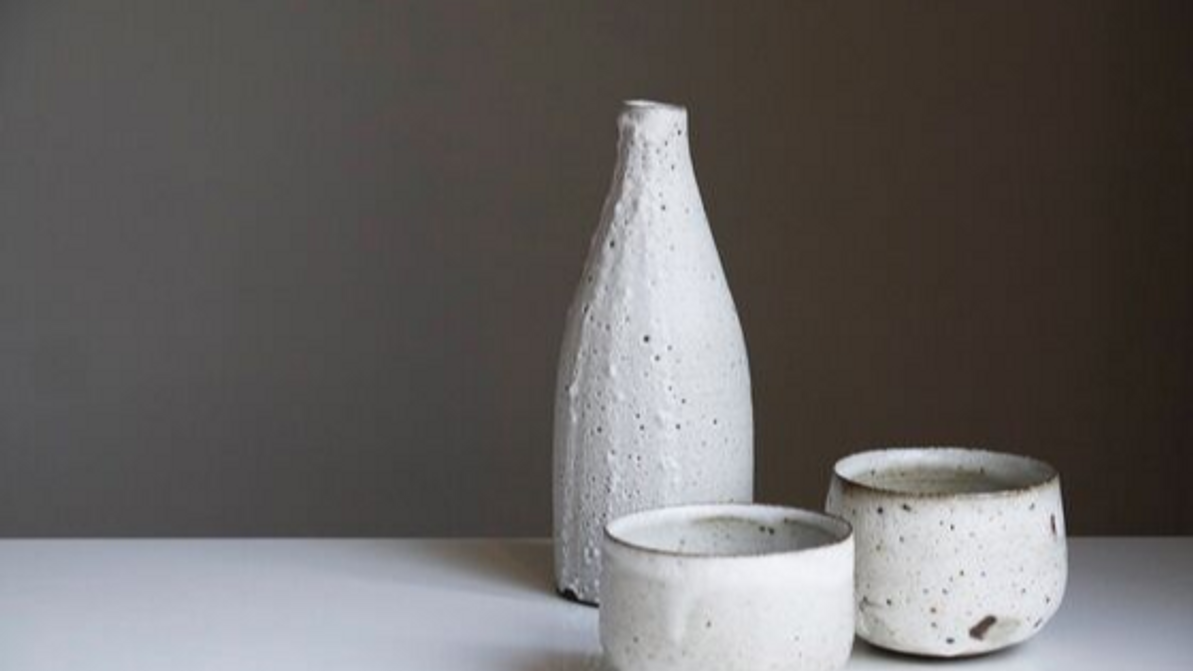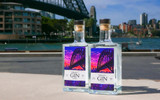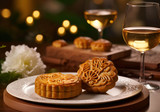Get started with Sake
Sake! Here in Australia, we think of sake as the Japanese spirit made from rice. In Japan, sake means any alcoholic beverage - but we’ll stick to the typical Aussie definition for this article.
(Tip, if you are in Japan, you’ll be looking for ‘nihonshu’ - a word that covers most kinds of sakes as we know them)
There are a huge range of sakes to choose from - they differ in clarity, body, flavour and aroma. With so many choices, it can be hard to know where to start. And honestly with so many varieties to choose from, the best place to start is often with a but of experimentation. Before you do get tasting, we’ve put together some simple pointers on what sake is, how it’s made and what to look for.
Polished percentages
When you pick up a bottle of sake, you might see reference to how much it has been ‘polished’. No, we haven’t been busily scrubbing the bottles - the first step in making sake is polishing the rice.
Ever wondered what the difference is between white rice and brown rice? To go from brown rice to white rice, the grain is polished to 90% (i.e. 10% of the outside of the rice is milled down, leaving 90% of the original grain).
In a good sake, rice is usually polished to between 70 and 50 per cent. When the outer layers are removed, the grain is reduced to its starchier core. The outer layers of the husk and kernel hold more protein and fats than the inner core - which affect the flavour and aroma of the sake.
'Pure rice'
Junmai is Japanese for ‘pure rice’. It’s a word you might see on your sake bottle - and something you can ask for in a store. As you may have guessed from the name, it separates ‘pure rice’ sake from non-’pure rice’ sake.
If the sake is made only from rice, water, yeast and koji (an umami flavoured living food made from steamed rice) then it is Junmai. If it is not Junmai, then it may have other additives like added brewer’s alcohol or sugar.
It’s important to note that additives don’t necessarily mean the sake is “bad”. They can be used to enhance different flavours in the sake.
Junmai is typically served warm or at room temperature...which brings us to...
What’s the deal with temperature?
You might be wondering if you should serve your sake warm, chilled or at room temperature.
Some sakes are better with a little warmth - others taste best when served chilled. The main thing is that, no matter what your preference, don’t go too extreme in either direction. Warm doesn’t mean piping hot, chilled doesn’t mean ice-cold.
Different temperatures can draw out different flavours in the sake - so experiment and see what you like best. And if in doubt, check the bottle for a serving suggestion, or ask one of our team when you drop by one of our stores. They can point you in the right direction.
Get started
Onigoroshi styled sake is a nice beginner sake option stocked in most Red Bottle stores.
'Onigoroshi' translates to 'sake so good it will slay demons'. It’s a term that It also only applies to dry sakes - which are often excellent with all manner of seafood (especially oysters), sushi and sashimi.
Don't think that seafood is your only option though! The acidic, yet full-bodied nature of this particular sake will cut right through the richness of really creamy cheeses such as camembert and brie.
Recent Posts
-
A Collaborative Spirit
Introducing Julianne's Gin by Red Bottle & Goodradigbee DistilleryIn the bustling heart of Sydney's …4th Mar 2024 -
Celebrating Success: Red Bottle Shines at 2023 Retail Drinks Industry Awards
We're thrilled to share the exciting news from the recent Retail Drinks Awards! Once again, the Red …20th Oct 2023 -
Discover the Best Alcoholic Drinks to Pair with Mooncake
Discover the Best Alcoholic Drinks to Pair with MooncakeIndulging in mooncakes is a cherished tradi …21st Sep 2023





